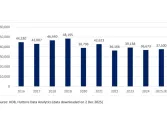
Investors urged to bottom-fish Hong Kong retail assets in the next six months
This is when prices are still be negotiable.
Investors who want to get their hands on retail assets in Hong Kong are urged to do so in the next six months while prices are at their most reasonable and are still negotiable. According to Colliers, retail investment activity has been subdued with only 48 deals being completed in 2020 compared to the peak of 110 in 2018.
However, with the easing in social-distancing restrictions this year, the activity has picked up, in particular from veteran investors whose activity accounted for almost all the retail transactions concluded in Q3 2021.
“With an improving economy and a rebound in sales, retail assets have become increasingly sought-after by investors. We have seen veteran investors return with interest in retail properties, suggesting the light at the end of the tunnel is drawing nearer for the sector,” said Rosanna Tang, Head of Research, Hong Kong & Greater Bay Area.
“We believe the next six months will be a good time for investors to bottom-fish, as they could take advantage of this period of time when prices are still negotiable,” Tang added.
Proposed infrastructure to stimulate retail investment in the Northern Metropolis
The Policy Address unveiled the Northern Metropolis Development, which includes an infrastructure roadmap to extend the East Rail Line and Northern Link, and to construct the Hong Kong-Shenzhen Western Railway connecting Hung Shui Kiu and Shenzhen’s Qianhai.
“The transport infrastructure has major potential to boost the flow of business, people and capital across the border, driving commercial and retail investments within the development area, in particular new towns such as Sheung Shui, Fanling and Yuen Long. Investors with a longer investment horizon of over five years could explore retail assets in the area, where average pricing is relatively lower than core districts yet with a long-term price growth potential,” said Thomas Chak, Executive Director of Capital Markets & Investment Services.
Borders reopening to gradually improve high street retail sentiment
Chief Executive Carrie Lam recently mentioned the mainland border could reopen as soon as February next year. Taking Macau’s experience as reference, the reopening will likely be step-by-step. Assuming mainland tourist arrivals return to 30% of the pre-pandemic level after the partial reopening of the borders (~4 million between 2018 and 2019), there could be a potential of 1.2 million mainland tourists returning to Hong Kong every month. This should help improve high street retail sentiment.
“Despite the outlook for global travel being limited, investors with a strong capital base could explore retail assets in core districts. We believe the upside potential could be significant once global travel fully resumes, and now could be a good time for investors to position their brand in anticipation,” said Stanley Wong, Senior Executive Director of Capital Markets & Investment Services.
Neighbourhood malls remain a sought-after defensive asset
Changing consumer shopping habits from core districts and high streets to places near where they live has driven solid retail demand in neighbourhood malls and podiums. Landlords are successfully improving their trade-mix and brands to cater for this changing demand. With attractive rental income and solid local demand, F&B retailers have been one of the major sources of demand for neighbourhood retail in 2021, with F&B licence applications in Q3 reaching the highest since Q2 2019 at 580. Affordable watches and jewellery brands, athleisure apparel, lifestyle and electrical tenants are more active in seeking neighbourhood retail space.
“With stable and sustainable rental growth, neighbourhood malls and shops in residential podiums are great defensive assets.
For example, Link REIT’s neighbourhood retail rents already rebounded by 1.3% between March and September this year, after a 2.2% YOY drop between March 2020 and March 2021,” said Chak.
To read more about how investors could capitalise on retail asset investment, click here and download the full report.


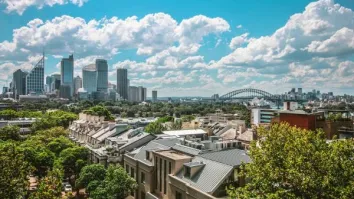

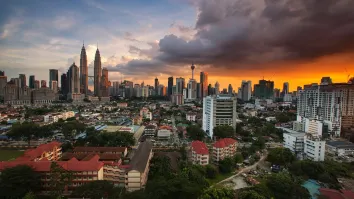
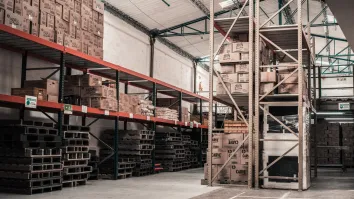

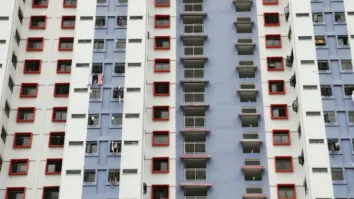





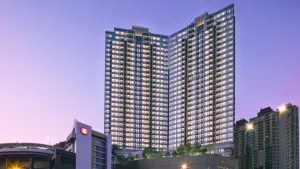
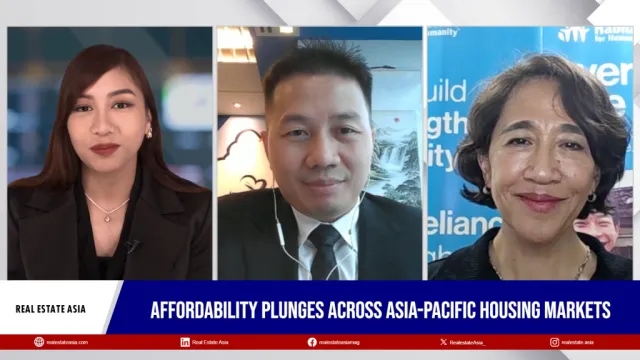

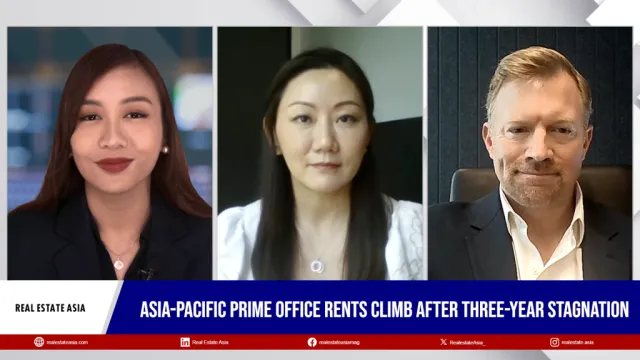


 Advertise
Advertise
